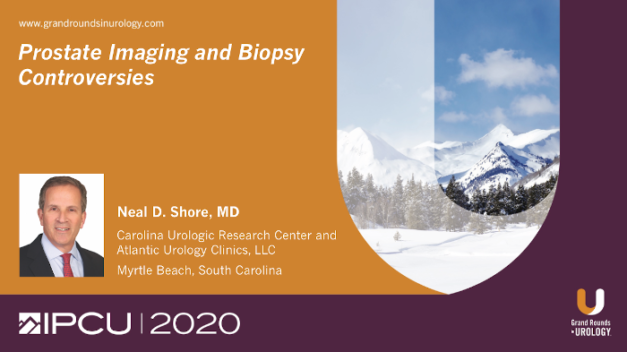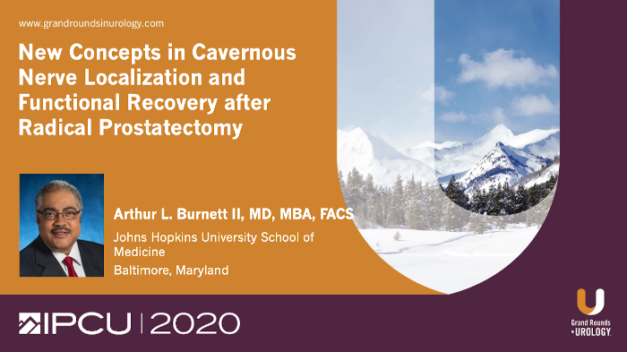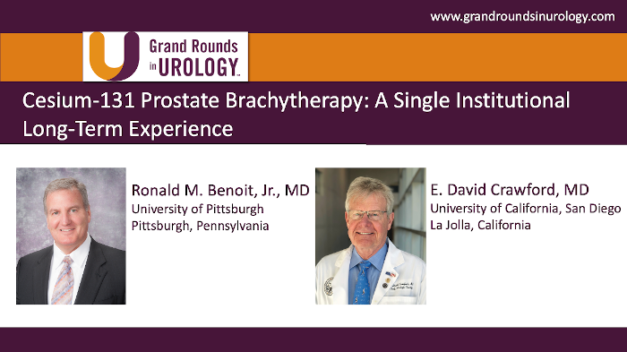Point-Counterpoint: There is a Role for Currently Available Biomarkers/Genomics in the Risk Stratification of Prostate Cancer
E. David Crawford, MD, Editor-in-Chief of Grand Rounds in Urology, and Alan H. Bryce, MD, Chair of the Division of Hematology and Medical Oncology and Assistant Professor of Medicine at the Mayo Clinic in Phoenix, Arizona, present a Point-Counterpoint on the relative value of genomics and biomarkers in prostate cancer risk stratification. Dr. Crawford, presenting the pro side, argues that doctors need to do biomarker testing to know which patients to biopsy, follow closely, and treat with radiation. Dr. Bryce, presenting the con side, contends that while germline testing is beneficial, other biomarker tests have inconsistent results for prostate cancer patients.
Read More




